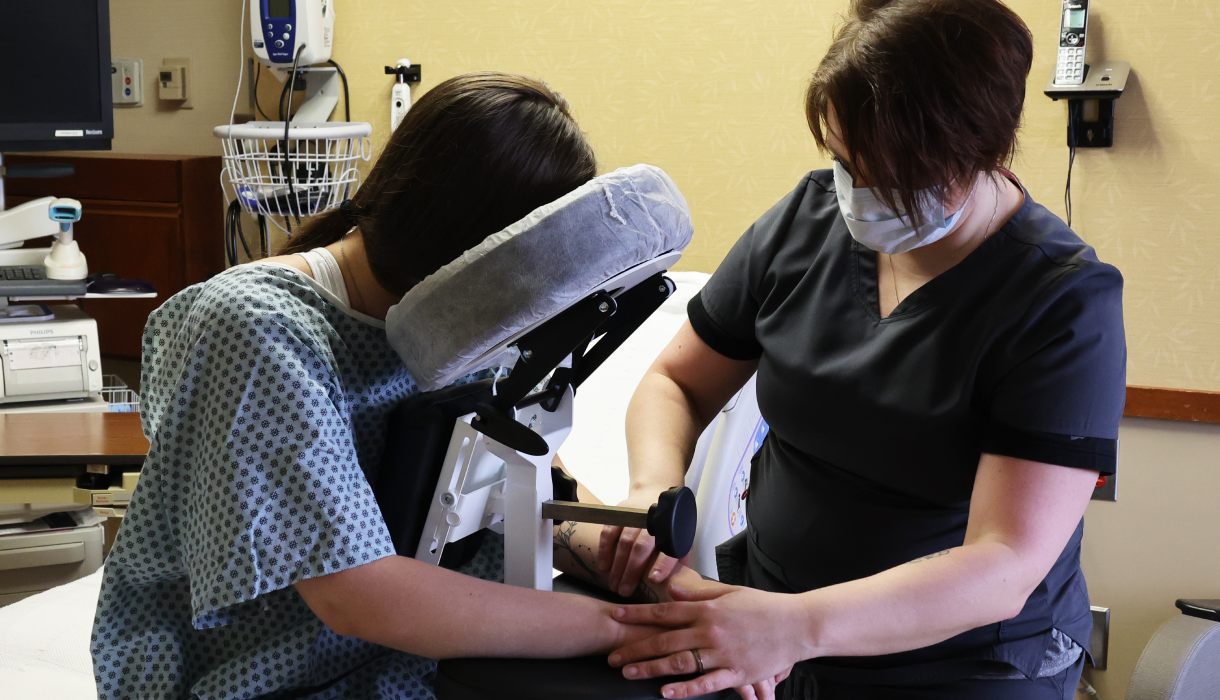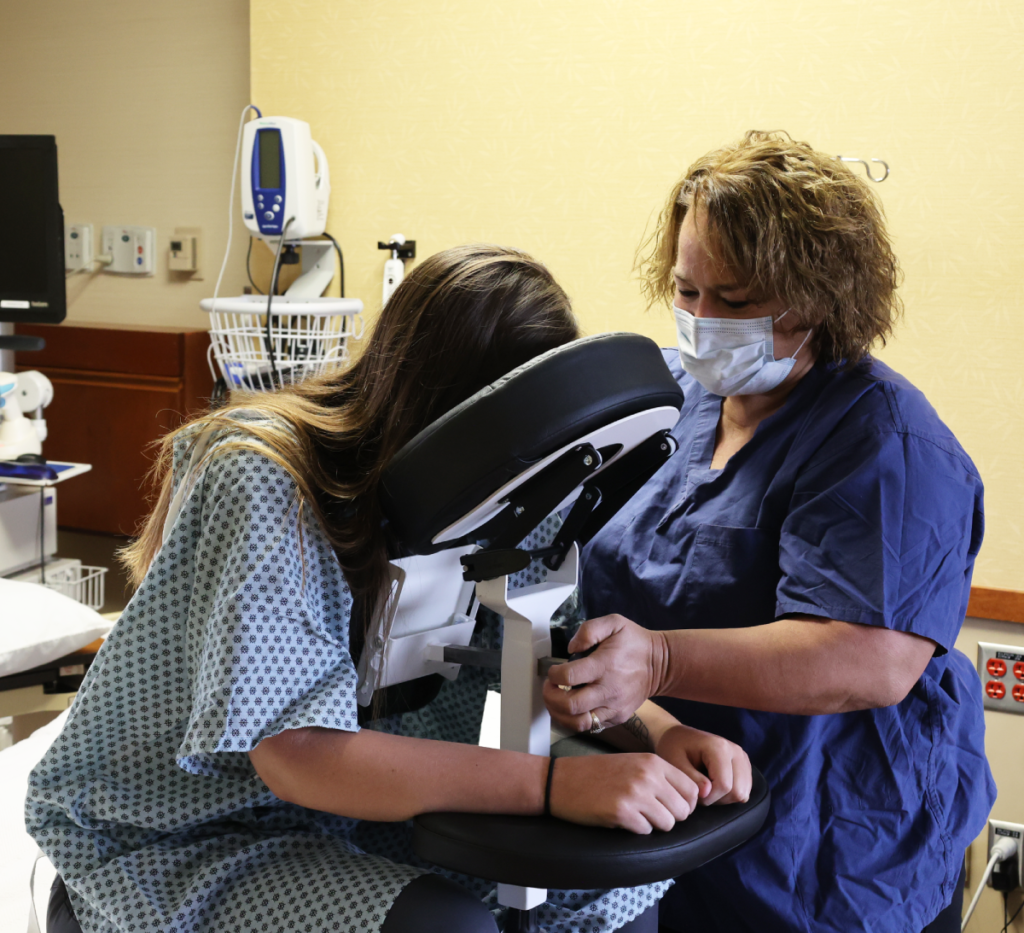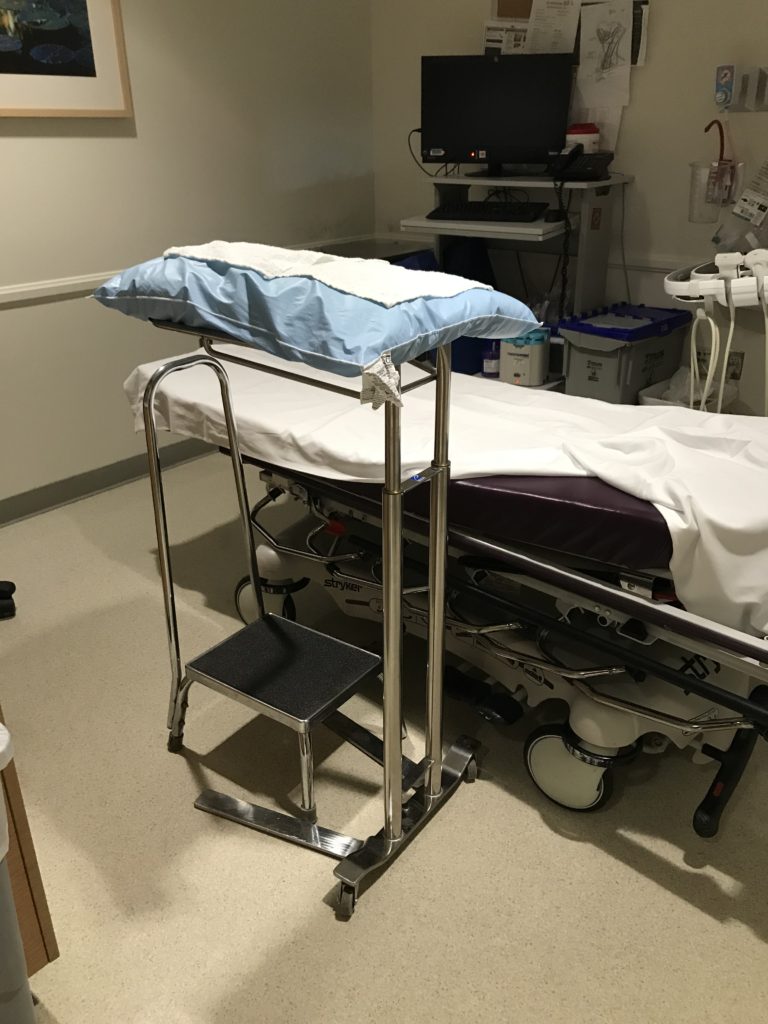In the realm of healthcare, operational efficiency is vital to ensuring high-quality patient care and effective resource management. The demands of procedures such as epidurals, spinal blocks, and thoracentesis place significant strain on both staff and facilities. The SPH Medical Epidural Positioning Device (EPD) emerges as a transformative solution, enhancing operational efficiency while simultaneously improving staff safety and patient satisfaction.
Improving Staff Safety
Healthcare professionals, particularly nurses and imaging technicians, face considerable risks of musculoskeletal injuries when supporting patients during complex procedures. The physical exertion required can lead to chronic pain and decreased job satisfaction. The EPD mitigates these risks by providing an ergonomic platform that reduces the need for manual handling, thus lowering the incidence of injury. Research has indicated a reduction in work-related injuries by up to 30% in facilities utilizing ergonomic aids like the EPD, underscoring its effectiveness in protecting healthcare workers.
Enhancing Patient Satisfaction
Patient safety and comfort are paramount during medical procedures. The EPD is meticulously designed to ensure secure and comfortable positioning, minimizing anxiety and enhancing the overall patient experience. Patients have consistently reported feeling more at ease during procedures when the EPD is used, contributing to higher satisfaction levels. Healthcare providers have observed that the chair’s adjustability and supportive design cater to a diverse range of patient needs, fostering a more positive procedural experience.
In today’s healthcare environment, patient satisfaction has become a pivotal metric that directly affects healthcare delivery, patient outcomes, and hospital reputation. High levels of patient satisfaction are crucial as they influence hospital ratings and can significantly impact reimbursement rates from programs like Medicare and Medicaid, which are increasingly tying payments to quality of care indicators. Satisfied patients are more likely to adhere to medical advice, experience better health outcomes, and choose the same hospital for future healthcare needs, fostering a cycle of trust and loyalty. Additionally, hospitals that consistently track and improve patient satisfaction tend to enhance their reputation, attracting more patients and skilled healthcare professionals. As such, the integration of devices like the SPH Medical Epidural Positioning Device, which enhances patient comfort during procedures, becomes a strategic move not only to improve immediate patient experiences but also to support long-term institutional success by bolstering satisfaction metrics that are vital in today’s competitive healthcare landscape.
Boosting Operational Efficiency
The EPD significantly enhances operational efficiency by streamlining the patient positioning process. This efficiency translates into reduced procedure times, allowing healthcare facilities to increase patient throughput without compromising care quality. A prominent hospital documented a 15% decrease in procedure durations following the EPD’s implementation, highlighting its role in optimizing resource allocation and improving patient flow. By minimizing delays and maximizing throughput, the EPD supports healthcare facilities in meeting growing patient demands.
Addressing Concerns and Misconceptions
Despite its clear benefits, some healthcare professionals may harbor concerns regarding the adoption of new technology like the EPD. Common misconceptions include perceived complexity and potential disruption to established workflows. However, the EPD is designed to integrate seamlessly into existing protocols, with intuitive operation that minimizes training requirements. Success stories from early adopters demonstrate the EPD’s practical advantages, encouraging wider acceptance and integration.
Implementation Strategies
To fully leverage the advantages of the EPD, healthcare facilities should adopt strategic implementation plans. Comprehensive training programs are essential to familiarize staff with the device’s capabilities and benefits. Utilizing instructional materials and conducting on-site demonstrations can facilitate smooth integration into clinical practice. By sharing positive outcomes and experiences from other facilities, healthcare organizations can build staff confidence and overcome resistance to change.
The SPH Medical Epidural Positioning Device represents a significant advancement in medical technology, offering a comprehensive solution to the challenges faced by healthcare facilities. By boosting operational efficiency, improving staff safety, and enhancing patient satisfaction, the EPD is an invaluable asset in any medical setting. Healthcare administrators are encouraged to consider the strategic integration of the EPD, thereby promoting a safer and more efficient environment for both caregivers and patients. As healthcare systems continue to evolve, tools like the EPD are essential in meeting the demands of modern patient care and workforce well-being.
Contact SPH Medical today to request a quote for the Epidural Positioning Device and improve both efficiency and safety with the EPD.









